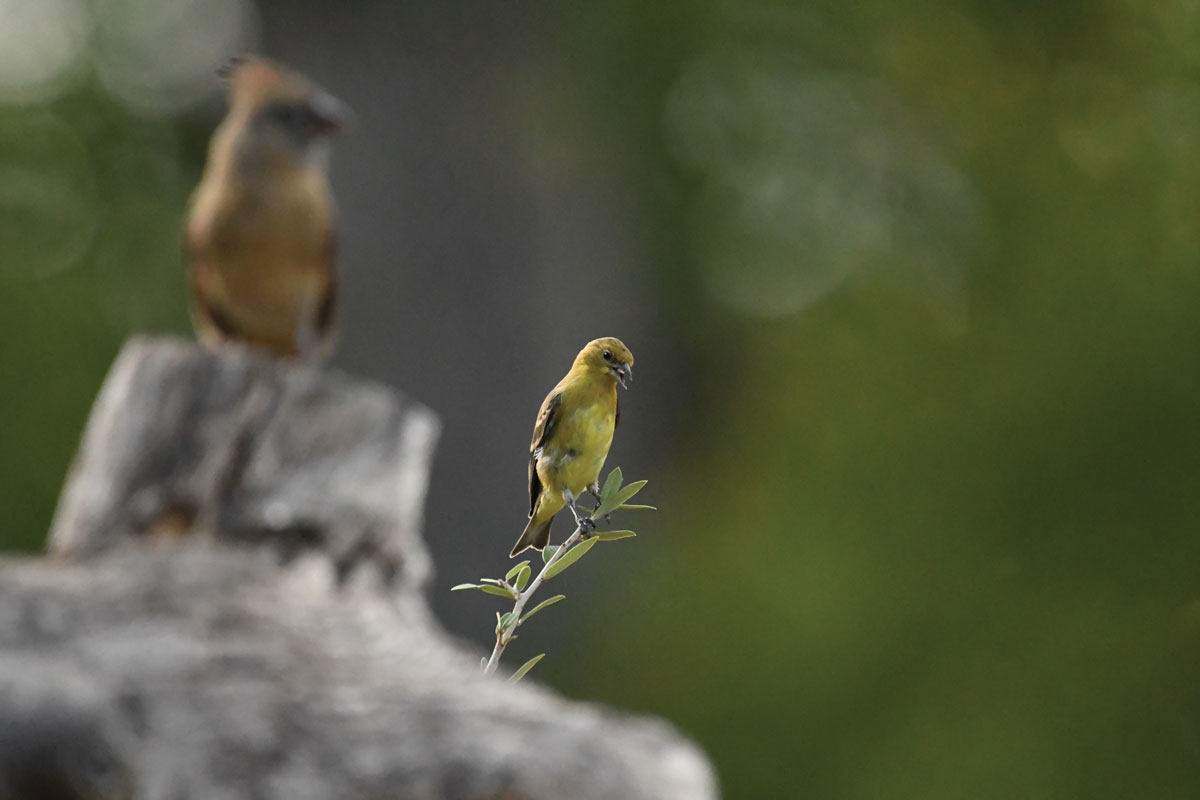While we humans weren’t able to do much flocking of any kind this spring, we need only look to our feathered friends for relief and inspiration during this time of social distancing and limited interaction.
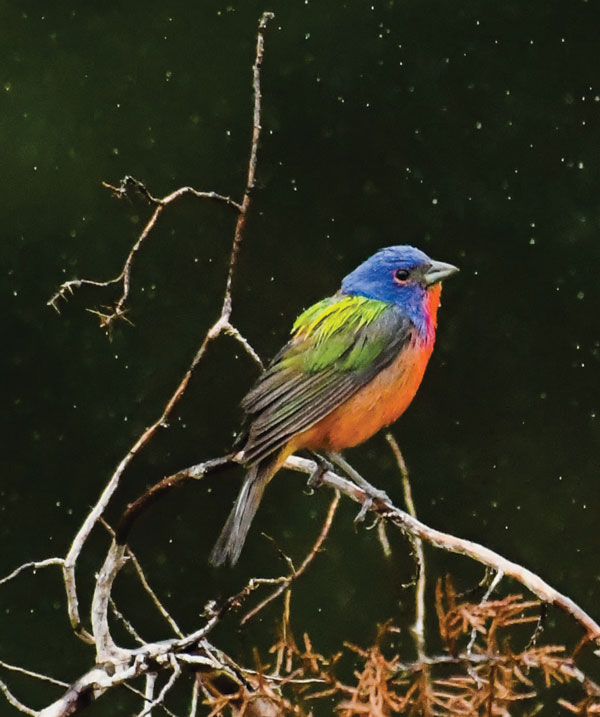
“People are slowing down,” said Brenda Rather, co-owner of The Nature Shoppe, a birding supply store in Fredericksburg. “They are appreciating the wildlife in their own yards.”
Linda Pillow at Wild Birds Unlimited in Kerrville has seen an uptick in birding’s popularity, too. “Once we got to open the doors, we had so many brand new customers, because they had been quarantined and watching the birds,” she said.
And these local experts agree: birding is a hobby well-suited to anyone looking to get in touch with nature without necessarily touching others. Even if you’re just winging it, you can start by paying attention to the avian inhabitants nearest you.
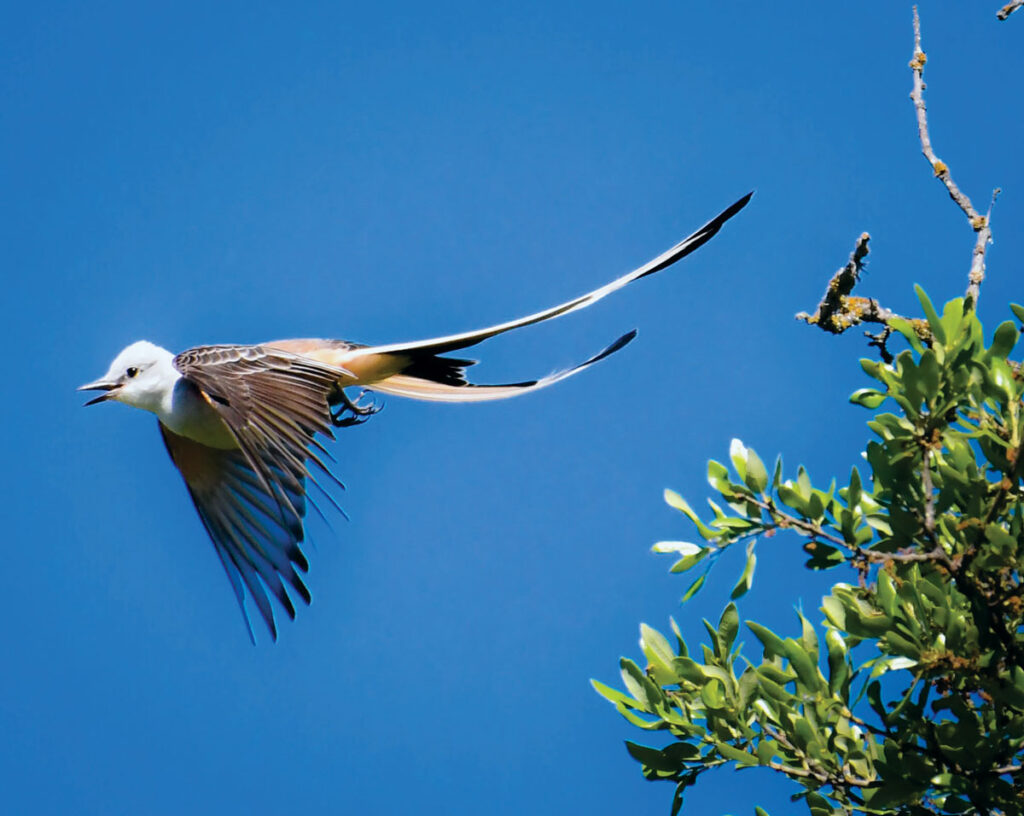
“Most people start in their own backyards,” said longtime birder and Fredericksburg resident Bill Lindemann. “Even watching birds through your windows is enjoyable.”
For those who are willing and able to venture outdoors, birding offers a variety of benefits. It fulfills curiosity and engages the senses. You observe the birds’ markings, hear their chatter and songs, and feel the air around you.
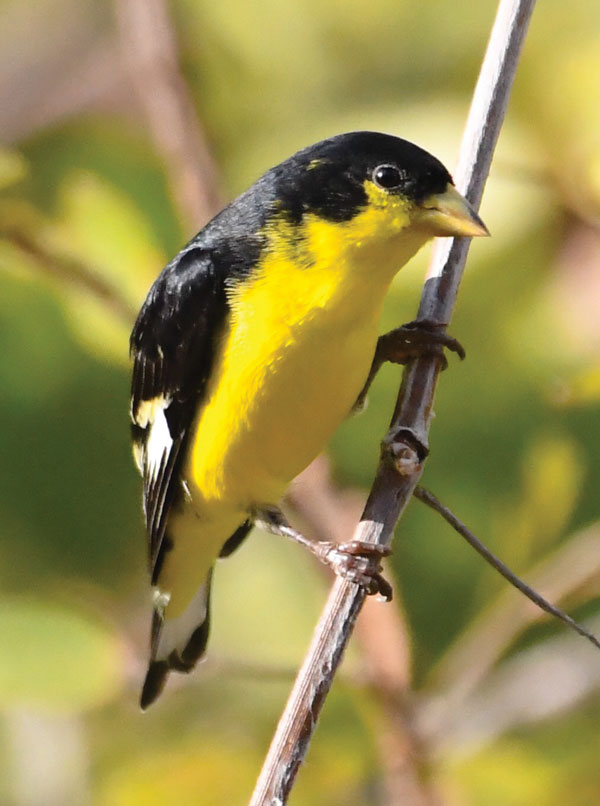
“It provides good stress relief,” said Lewis Rather, Brenda’s husband and co-owner of The Nature Shoppe. “And we could all use a little of that.”
Taking attendance
To better understand what species of birds one might see in the Hill Country, Lindemann outlines the four groups of birds:
- Year-round residents include cardinals, mockingbirds and doves.
- In March and April the summer residents begin to arrive, including the purple martin, summer tanager, vireos, painted bunting and the rarer golden-cheeked warbler.
- Winter residents include songbirds such as the yellow-rumped warbler and ruby-crowned kinglet, ducks, hawks and sparrows.
- And you’ve got to be eagle-eyed to spot migrant birds like the yellow warbler that pass through the Hill Country, staying only a day or two.
- “Additionally, there are birds that have limited ranges such as the golden-cheeked warbler and the black-capped vireo along the southern and eastern Edwards Plateau region,” said Lindemann. “People come from all over the world to see those.” He also advises that there’s a good chance of seeing the ground-nesting rufous-crowned sparrow at Enchanted Rock.
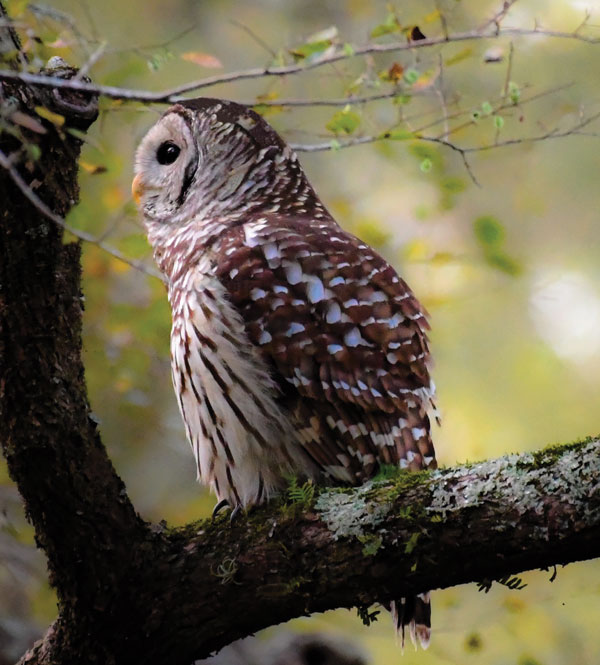
Variety abounds
Birding continues to be popular in the Hill Country because of the many species here.
“We have a huge variety of birds here,” said Brenda. “Our area is situated on the Central Migratory Flyway, one of the four North American flyways.”
Lindemann also points to the work of famed master scientist E.O. Wilson, who once suggested that the Edwards Plateau, including the Hill Country, might be the twenty-sixth most diverse ecological hotspot in the world. To capitalize on that biodiversity, Lindemann founded the Friends of the Fredericksburg Nature Center at Lady Bird Johnson Municipal Park in 2000. The group, which consists of master naturalists and local citizens, added a bird blind in 2008, and today the Friends operate Center has two loop hiking trails, a handicapped-accessible trail, and a pollinator garden.
All told, the Lady Bird Johnson Municipal Park has recorded more than 260 wildflowers, 180 birds, 70-80 butterflies, 50 dragonflies and damselflies, and 18 species of fish, stats that make it a natural draw for birders among nature centers in the state.
“You can walk the trail 10 times and see something different every time,” Lindemann said. “It won’t be the same experience twice.”
Additionally, a water feature installed in the bird blind in January offers viewers a chance to spy birds taking a cool bath or getting a drink.
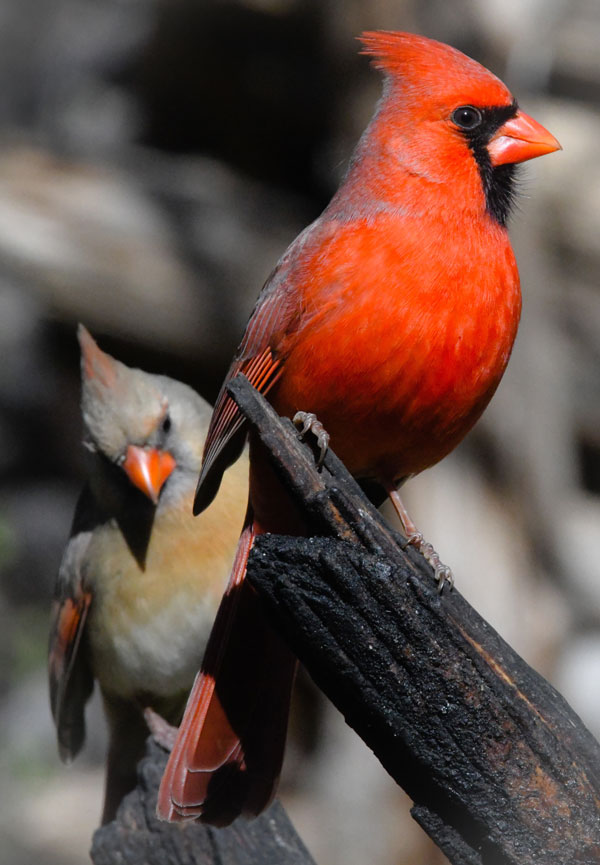
Laws of attraction
For those looking to entice birds to their yards, think food, shelter, nesting places and, most importantly, water.
Consider combining different feeding methods to attract a variety of birds, including loose seed, cylinder-shaped feeders, and cakes or blocks. Bagged seed may contain large amounts of milo, which doves and quail enjoy, but it is not preferred by most other birds.
“If you want a variety of birds, get high quality seed,” Brenda said. She notes that cardinals, titmice and chickadees appreciate safflower, black oil sunflower and nyjer seed year-round, especially when they nest in the spring.
“They bring a lot of joy to the yard,” she said. “So people who are just getting into birding would enjoy that.”
If your yard allows, consider cultivating native plants, as these are excellent food sources and habitats for birds. Birds are attracted to anything that bears fruit or berries, such as the possumhaw, yaupon, red mulberry, dewberry, agarita, roughleaf dogwood, and vines like Texas honeysuckle. For example, the bright yellow lesser goldfinch loves thistle and sunflower, both native plants.
And it may surprise you that the hackberry, commonly regarded as a “trash tree,” is actually the best bird-feeding tree in Texas. If you have hackberries on your property, consider it advantageous for birding.
Shelters can include trees, bushes and even brush piles. These provide birds protection from the elements and from predators. Trees and shrubs also serve as nesting places, as not all birds use birdhouses.
Because birds are more vulnerable when they drink and bathe, it’s important to keep water near birds’ shelters so they can retreat if need be. Place water no more than two inches deep in containers close to the ground rather than on a pedestal. Birds are more attracted to water as they see it in nature.
With a little planning, a thoughtful arrangement of food, water and shelter will garner the best bird viewing opportunities.
Equal opportunity
As a hobby, birding is suitable for people of all ages and abilities. If you’re homebound, see what you can observe from your windows. Lindemann advises that every birder inventory the species around them and keep a list. Take pictures of what you see, and compare those to an identification book. Start with binoculars that focus at short range, about five feet, and keep in mind that quality determines price.
For those with limited mobility, the Handicapped Accessible Trail (HAT) at Lady Bird Johnson Municipal Park provides more visitors to access the blind and trails.
For novices, Pillow recommends something simple and cost-effective. Start with a premium blend seed and a squirrel-proof feeder. Seed cylinders are easy to operate and attract a wide variety of birds.
“We are thrilled when someone new is enjoying birding,” she said. “And that gets our passion going.”
And don’t forget to involve the kids! Children are naturally curious, and birding can be a great way to stay active and engage their observation and listening skills.
“We have a customer who is 12 years old. He saves his money to buy feeders and books and goes to the blind at Lady Bird,” said Brenda. “We are all still learning, and that learning is what keeps us interested in this hobby.”
When you go:
The Nature Shoppe
3021 S. State Hwy. 16, Fredericksburg
(830) 307-9006
9:30 a.m.-5:30 p.m. Mon.-Sat.
Open to serve those who have wildlife exemptions
Wild Birds Unlimited
855 Junction Hwy., Kerrville
(830) 895-7393
9 a.m.-6 p.m. Mon.-Sat.
12-4 p.m. Sun.
Lady Bird Johnson Municipal Park & Fredericksburg Nature Center
3 miles south of downtown Fredericksburg off of South State Highway 16.


